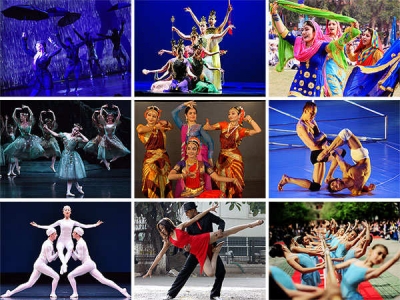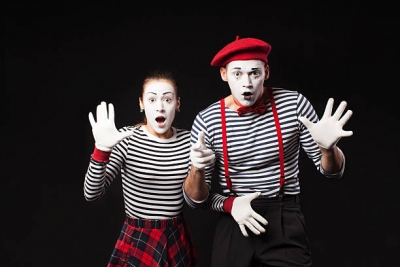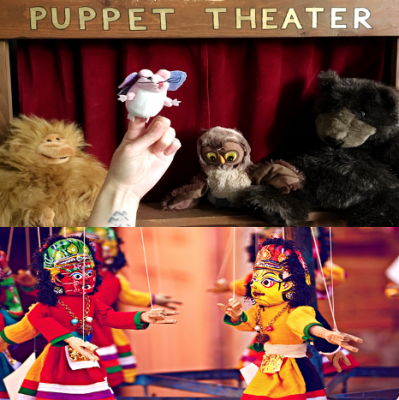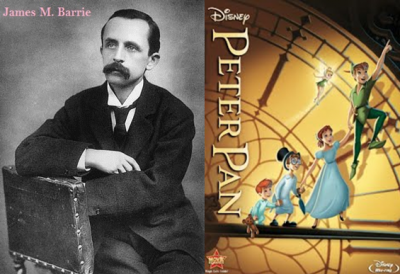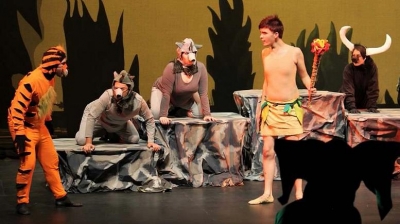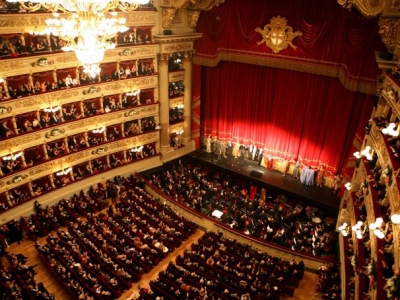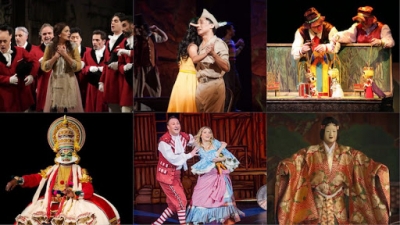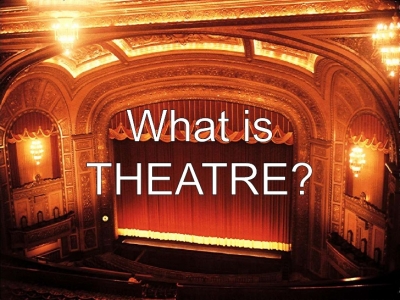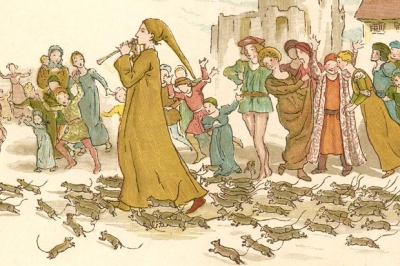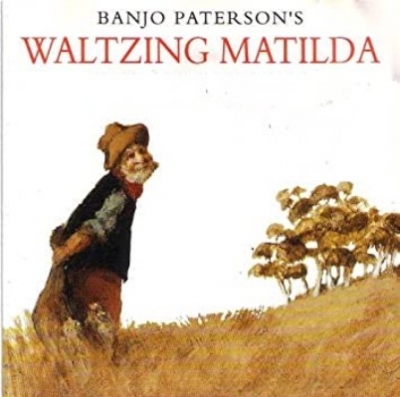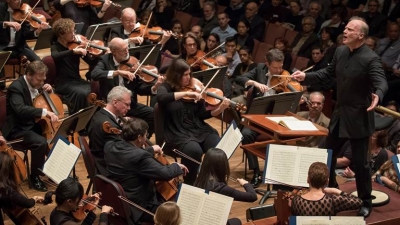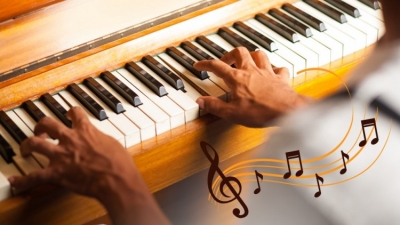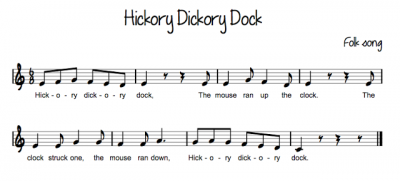Where to the art of ikebana and bonsai belong?
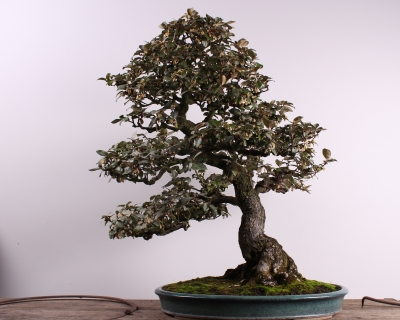
Ikebana is art of arranging flowers in a pleasing pattern. It developed from custom of offering flowers to the Buddha and was introduced into Japan early in the seventh century. At first ikebana was used only as a form of worship of the Buddha. Priests decorated Buddhist temples with flower arrangements which were not only beautiful but also symbolized various religious ideas. Later, towards the thirteenth century, ikebana spread to the homes of ordinary people and today it is one of the most graceful traditions of Japanese life.
Bonsai is the arranging plants into certain shapes and is the Japanese world literally meaning ‘tray-planted’. It is an older art than ikebana and first began in China. Ikebana uses fresh flowers and other decorative material Ikebana uses fresh flowers and other decorative material such as twigs, mosses and leaves. This is done by keeping them to a small size while still making them look like real trees. It is a very difficult art and requires a great deal of patience and time. To produce a dwarf tree between 30 and 40 centimetres high can take up to 100 years of careful work. The art of bonsai is passed on from father to son and one tree can be handed down from one generation to the next as a valued possession.
Picture Credit : Google
